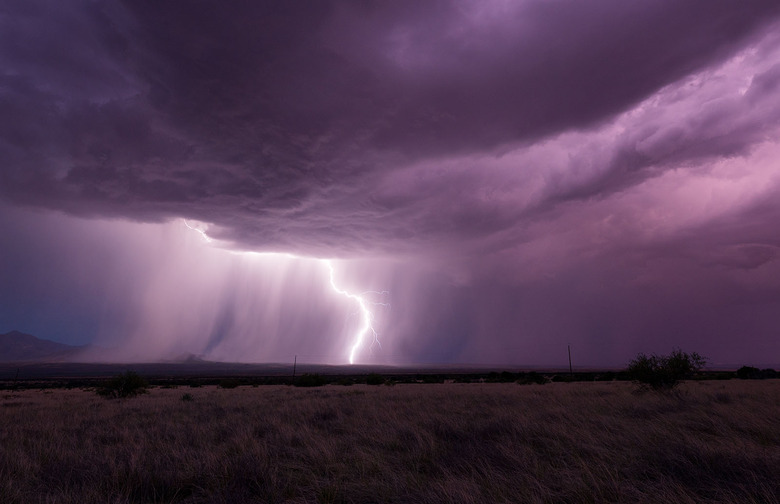Tropical Storm Shocks Scientists By Shattering Record For Lowest Temperature On Earth
For us here on the surface, tropical storms usually bring a lot of wind, water, and lightning. They can range in intensity from mild to incredibly destructive, with the latter usually on their way to becoming hurricanes. When we're enduring all the watery wrath of such storms it can be easy to forget what's happening way up above our heads, but scientists are always studying the inner working of storms to get a better idea of how they form and grow, and hopefully how to better predict their behavior.
In one new study, researchers examined data gathered during a storm cluster that formed in the West Pacific in late 2018. The storm was monitored by weather satellites that are capable of recording a variety of things, including temperature. This special storm, which was the result of what is called a "deep convection event," pushed so high into the atmosphere that it managed to actually break a temperature record for our planet.
As the scientists explain in a new paper published in Geophysical Research Letters, an NOAA weather satellite recorded a temperature of -111.2 degrees Celsius. That's roughly -168 degrees Fahrenheit, which is a new record for storm cloud temperatures.
Convection is a process by which a warm fluid, such as air, travels upward while cooler fluid falls down beneath it. Large storms are often the result of warm surface air pushing high into the atmosphere, rapidly cooling, condensing, and forming thick clouds. This process produces wind and rain and all the things we associate with thunderstorms, including the presence of cooler air on the surface, which is common as a storm front moves through an area.
In the case of this particular tropical storm, conditions were so perfect that when the hot air on the surface and cooler air in the atmosphere switched positions, the warm is pushed much higher than usual. This is known as an overshoot, and it results in the cloud tops becoming much, much colder than what would typically be seen during a thunderstorm.
Thankfully, this storm happened over the ocean, and as such, it didn't pose a threat to anyone on the ground. However, the researchers also present evidence that storms like this one are becoming more and more common. As climate change continues to worsen, we've seen more and more powerful tropical storms and hurricanes with greater frequency, and this is a trend that is expected to grow as we repeatedly fail to do anything meaningful to protect our planet from our own bad habits and pollution.
Climate change deniers can stick their head in the sand as much as they want, but when they find themselves in the path of a ridiculously powerful storm that may not have been anywhere near as devastating without human impacts, their rhetoric won't count for much.
